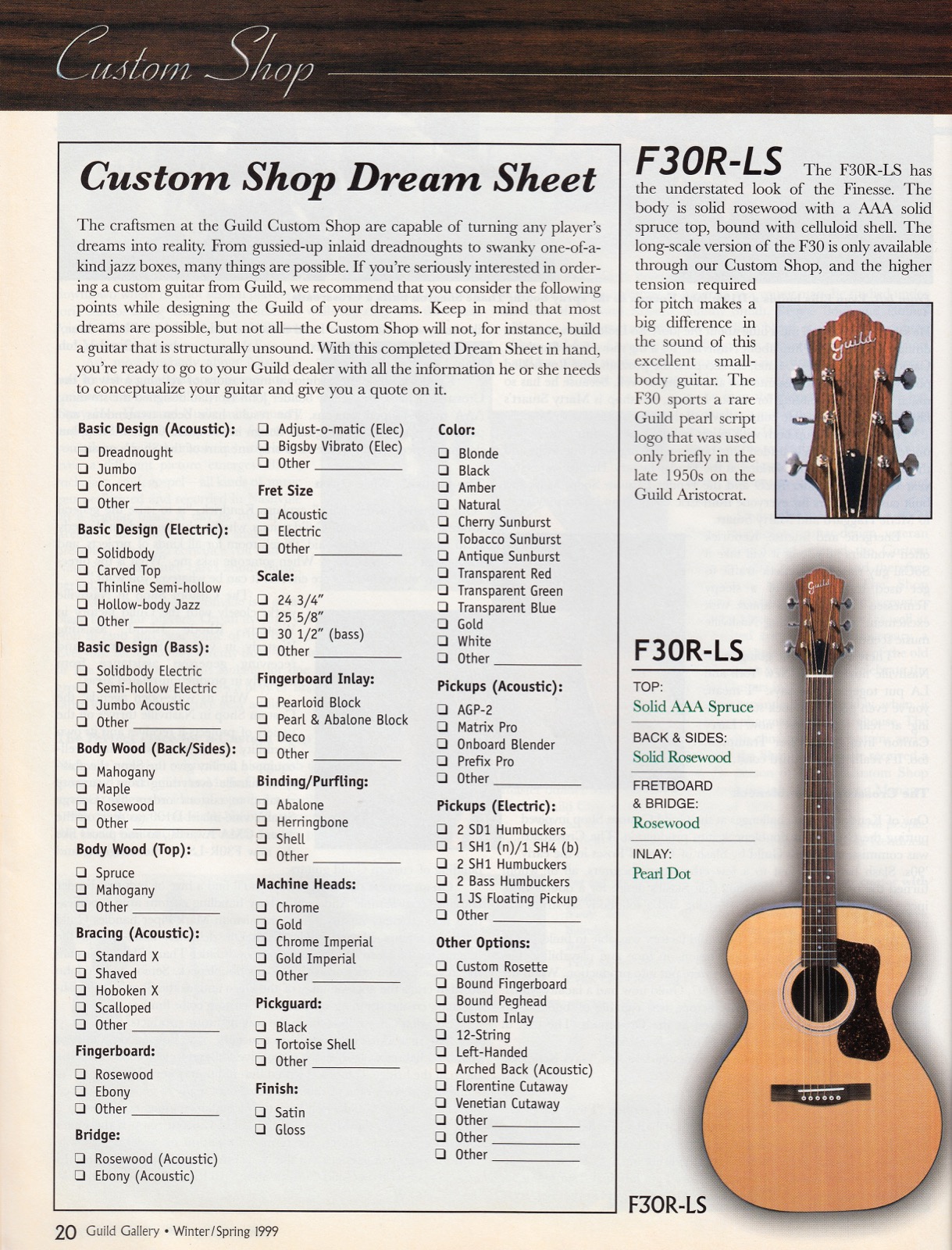Iceman
Member
Does anybody know why Guild puts compensated saddles on some models and not
others?
My F 50 R and my DV 72 are non-compensated saddles.
My D 50 and my custom shop F 30R LS are B string compensated.
I seems that non-compensated saddles are on the higher end guitars.
others?
My F 50 R and my DV 72 are non-compensated saddles.
My D 50 and my custom shop F 30R LS are B string compensated.
I seems that non-compensated saddles are on the higher end guitars.


